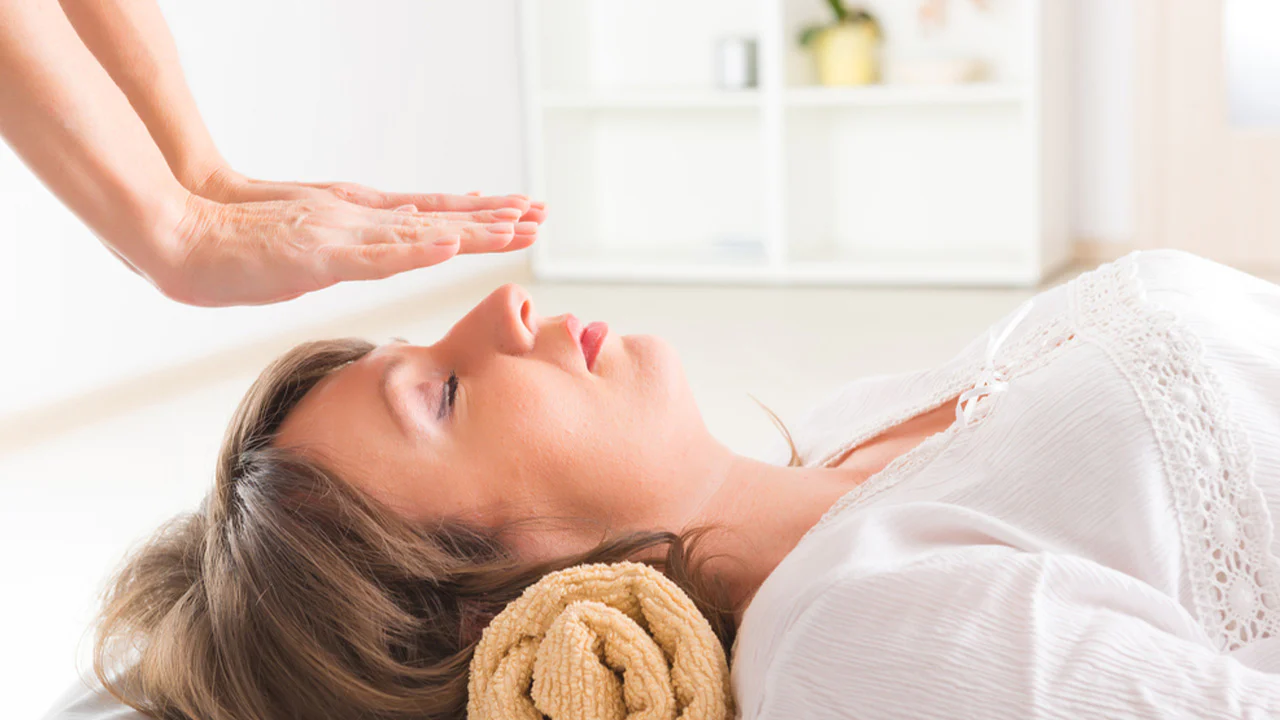
Exploring Alternative Healing Modalities
Energy medicine aims to treat energetic imbalances within the body and bring its systems back to equilibrium, including through the practice of acupuncture which uses thin needles to stimulate specific energy points on the body.
Reiki, meditation and healing prayer are among the many spiritual practices included in holistic medicine that incorporate spiritual elements. Studies show that these forms of healing provide relief for relaxation, stress reduction and improving sleep quality.
Reiki
Reiki practitioners use their hands to attune the energy field of patients and correct disturbances in “energy flow”, sending healing energy directly from themselves into their patient’s body – this non-contact therapy serves to ease stress, decrease pain, promote physical healing and mental well-being.
Study results published in 2016 in the European Journal of Integrative Medicine demonstrated that patients receiving real or fake reiki treatments experienced greater improvements in quality of life compared to a control group using standard medical treatment alone; however, further investigation of this possibility will likely need to take place to verify its findings.
Miles says that other research indicates reiki may assist your autonomic nervous system in moving from its sympathetic-dominant (fight-or-flight) state into parasympathetic dominance (rest and digest). This shift could improve mood and sleep quality while simultaneously alleviating depression symptoms as well as decreasing anxiety and pain levels. Due to its spiritual roots and components, however, reiki should be treated as complementary rather than replacement therapy for conventional medicine.
Craniosacral Therapy
Craniosacral Therapy (CST), consisting of membranes and cerebrospinal fluid that encase and support the brain and spinal cord, has an impactful influence on all aspects of body systems. Craniosacral Therapy can release tension within this system while stimulating healthy responses from your central nervous system.
Your practitioner may lightly touch your head and sacrum during an appointment to detect what they refer to as “a natural pulse.” This alleged rhythmic movement of immovable bones in your skull stems from classical anatomists’ view that these cranial sutures fuse upon reaching adulthood; instead, their motility exists beneath this surface.
Studies on CST have demonstrated its success at relieving many health conditions, such as migraine headaches, neck and back pain and the side effects of chemotherapy treatment for cancer. Unfortunately, however, chronic conditions like fibromyalgia and autism do not always find relief with it; some individuals may even experience emotional reactions during CST sessions that serve as part of the healing process. This should be considered completely normal.
Qigong
Qigong provides an opportunity for people who spend much of their lives living in the “past” or projecting into the future to return to being fully present in each moment, similar to seated meditation. Through gentle movements and breath practices such as these, stress levels are reduced while energy systems within our bodies become balanced again.
Practitioners believe that the human energy field plays a pivotal role in maintaining health and wellness, with any imbalances within this biofield causing disease to manifest as symptoms. They view healing as the result of balancing energy channels to restore the flow of Qi, thus supporting overall wellbeing.
Some forms of energy healing modalities have been supported by research, such as acupuncture and healing touch therapy. These energy healing modalities may be used alone for treating mild symptoms or in conjunction with conventional medical treatments for chronic and acute conditions – Acupuncture has proven its efficacy against back pain while Healing Touch Therapy has been linked with decreased anxiety levels and better sleep quality.
Yoga
Yoga, an ancient Indian practice involving moves designed to stretch and strengthen muscles, promotes a healthy flow of energy in our bodies. Yoga has been proven to reduce stress and anxiety levels while simultaneously improving sleep, self-esteem and immunity levels.
Practitioners believe that every person possesses an animating force known as qi in Traditional Chinese Medicine or prana in Ayurveda that can become disrupted or blocked, leading to health and wellness problems for some patients. By treating disturbances within this biofield energy field, practitioners hope to help their patients reach health and wellness.
Acupuncture-where a practitioner skillfully places thin needles at specific points on the body-is backed by research showing it relieves low back pain, headaches and knee osteoarthritis. Other forms of energy healing, like Reiki (where hands run across or gently touch body parts), appear to ease muscle tension while increasing feelings of relaxation and wellbeing; though their efficacy remains less well studied; nevertheless these practices appear to work by stimulating the brain’s placebo effect-a burst of feel-good neurotransmitters in turn creating feelings of relaxation and wellbeing in participants. Researchers think these practices work by stimulating its placebo effect-with bursts of feel good neurotransmitters release from certain brain areas of body that release feel-good neurotransmitters releasing feel-good neurotransmitters into our system that trigger feelings of relaxation in us all!


